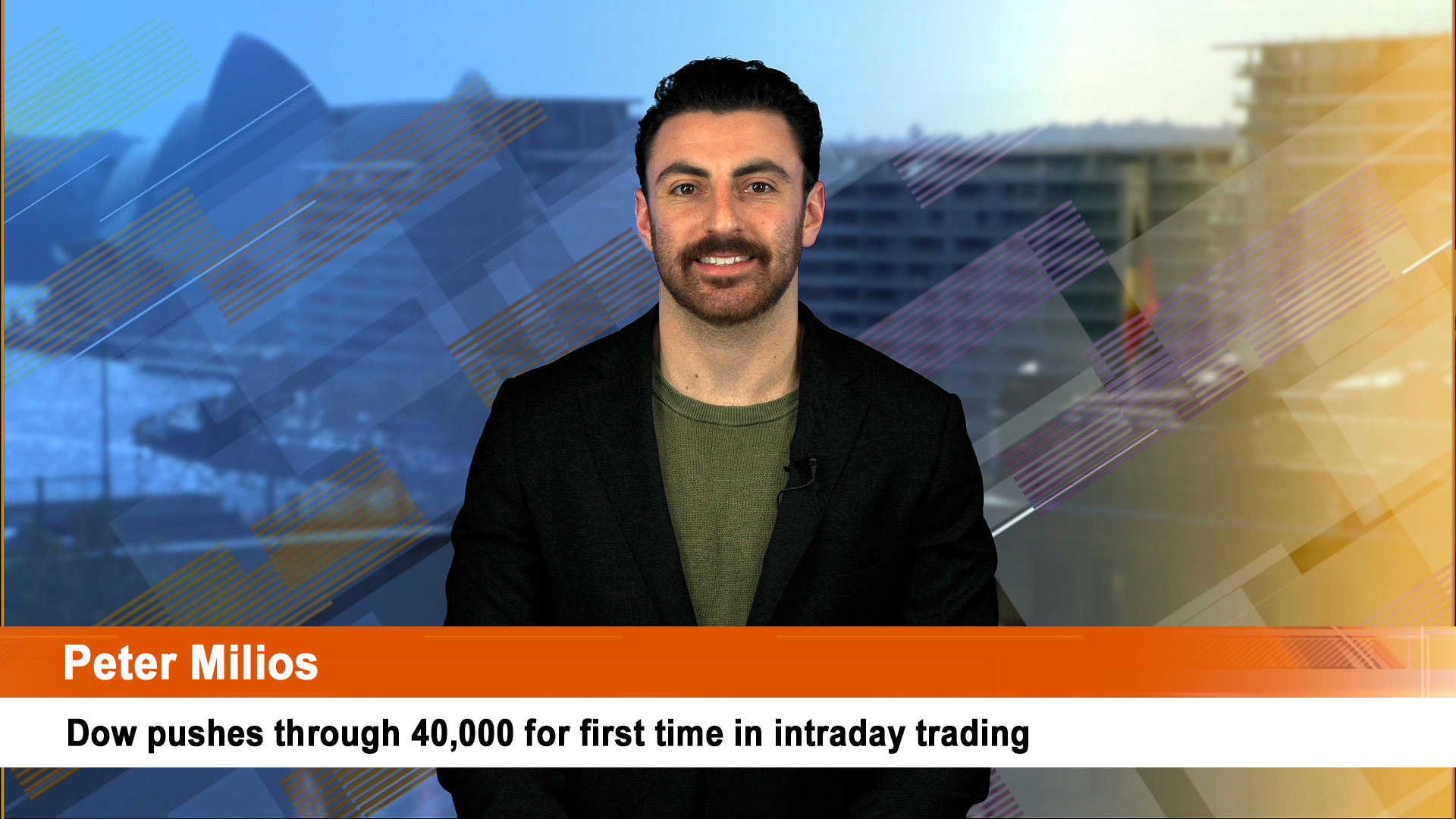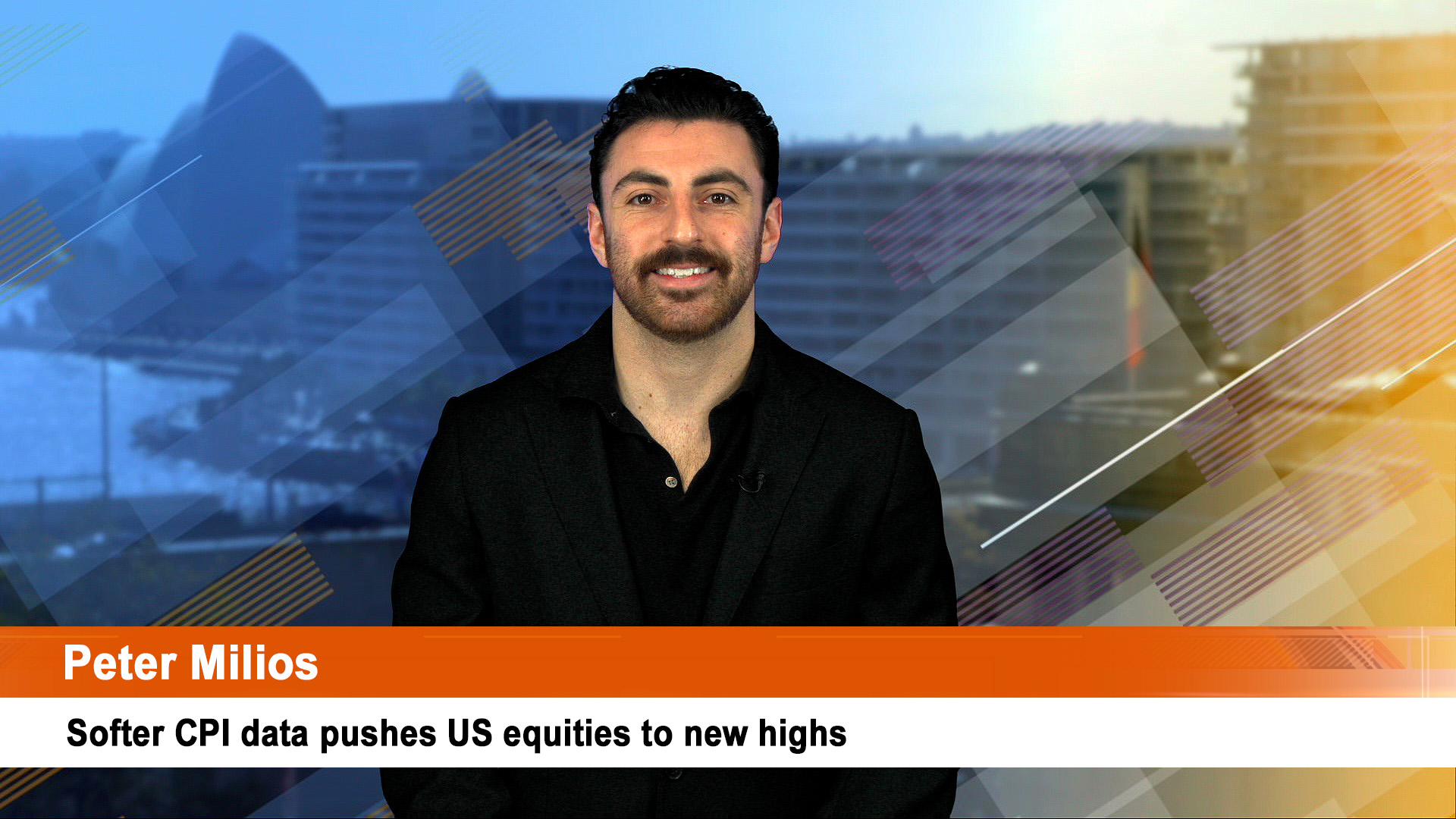Australian inflation and interest rate speculation will dominate markets here in the coming week that will be shortened by the Australia Day holiday on Thursday.
While the Australian stockmarket is stronger at the moment than the US, markets generally remain worried about interest rates and talk of a recession, plus the rising toll of job losses in the tech sector.
Business conditions for major economies will be issued tomorrow and Wednesday.
Inflation is not the big concern it was a few months ago – there’s a growing belief it is or has peaked – but investors still eye central banks and wonder how many more rate rises are there to come?
Australian inflation is probably running behind inflation in the US, UK and Eurozone which have already seen a slowing – noticeably so in America.
For that reason, there will be a lot of focus on the release of the Australian Bureau of Statistics release of the December quarter and 2022 consumer price data on Wednesday, along with the monthly inflation indicator, also for December.
Forecasts are for a rise of 1.6% quarter on quarter for an annual rate of 7.5%, up from 7.3%. Anything smaller than 7.3% will be seen as good news. Anything more than 7.5% and it will be a case of ‘big rate rise to come’ in the minds of many market players.
Friday sees the release of producer prices data for the December quarter and 2022. All this a lead up to the Reserve Bank’s first monetary policy committee meeting of the year two weeks tomorrow.
AMP Chief Economist Shane Oliver wrote at the weekend, “The main driver of the further rise in inflation is likely to be a sharp increase in utility prices as various state subsidies expire. Rents and dwelling costs will also show further solid rises.”
“This will be highest rate of inflation since 1990, but the good news is that monthly inflation data for October and November has come in a bit weaker than expected suggesting that inflation may not have reached the 8%yoy level forecast by the RBA.
“With improving supply, falling international freight costs and slowing demand this is likely to be the peak in inflation and we expect inflation to fall below 4%yoy by year end.”
Moody’s economists wrote at the weekend “Australia’s headline CPI growth likely peaked in the December quarter with a 7.8% quarter-on-quarter rise, following 7.3% in the third stanza.
“We expect inflation to gradually trend lower over 2023, not returning to the Reserve Bank of Australia’s 2% to 3% target range until early 2024.
“Upward contributions will come from energy costs, while lower new-dwelling prices will only be a partial offset. Underlying inflation is also elevated but will also trend lower over the year as tighter monetary settings filter through, capping exuberance in household consumption.
“We expect the RBA will forge ahead with a further 25-basis point hike in February, that would bring the cash rate to 3.35% and total cumulative tightening since May 2022 to 3.25%.”
This week also sees other data including the NAB business confidence index for December and the business conditions survey for January (both tomorrow), and producer price inflation data on Friday.
Quarterly reports continue this week from the likes of Fortescue Metals, Woodside and Newcrest Mining.
In the US, there are a few key economic data releases this week, along with more quarterly financial reports from major US and other corporates.
The most important will be the first of three estimates of US December quarter GDP out on Thursday. The AMP’s Dr Oliver says it is expected to show GDP growth of around 2.6% annualised, after 3.2% growth in the September quarter.
Moody’s reckons the first estimate will be ’north of 3%’ with a favourable impact from an improved trade account in the next two forecasts in February and March.
US core private consumption deflator inflation for December will be issued on Friday and Dr Oliver says it is expected to fall further to an annual rate of 4.4%.
US business conditions surveys for January (Tuesday) are likely to remain weak, underlying durable goods orders (Thursday) are likely to fall and home sales data are likely to remain weak.
The December quarter earnings reporting season will start to ramp up with the consensus expecting earnings to be down 2% compared to a year ago. Earnings growth is likely to have remained strong for energy and industrial stocks but weak for consumer discretionary, tech and telcos.
The most watched of all companies reporting will be EV maker Tesla on Wednesday morning, Sydney time.
The company’s CEO, Elon Musk is battling to save Twitter, his $US44 billion obsession. But he is now in court in a private legal action over his controversial tweet in 2018 that he had “funding secured” to take the electric vehicle maker private at $US420 per share, and that “investor support” for such a deal was “confirmed.”
Other companies due to report include Boeing, 3M, GE, Microsoft, IBM, Intel, Comcast, Colgate-Palmolive, Chevron, Caterpillar, AT&T, Johnson & Johnson, Halliburton and Verizon.
Tomorrow also sees Eurozone and Japanese business conditions PMIs for January will released tomorrow.













